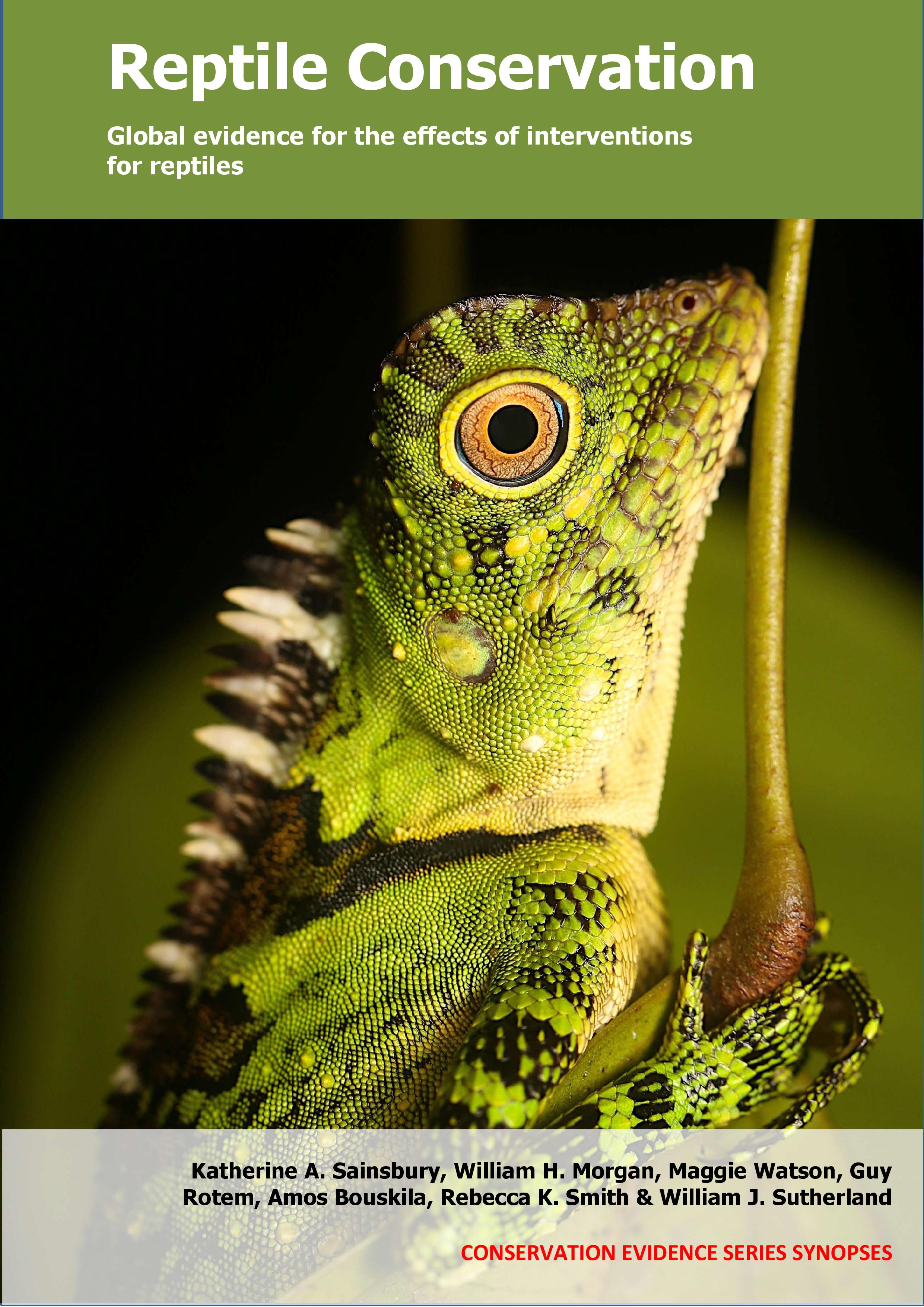Plant riparian buffer strips
-
Overall effectiveness category Awaiting assessment
-
Number of studies: 1
View assessment score
Hide assessment score
How is the evidence assessed?
-
Effectiveness
not assessed -
Certainty
not assessed -
Harms
not assessed
Study locations
Supporting evidence from individual studies
A replicated study in 2003 of waterways in crop fields in Iowa, USA (Knoot & Best 2011) found that over half of grassed riparian buffer strips were used by snakes. In total, 24 of 31 grassed riparian buffer strips were used by up to five snake species. Brown snakes Storeria dekayi (2.9 snakes/100 coverboards) and eastern garter snakes Thamnophis sirtalis (1.8 snakes/100 coverboards) were most abundant, followed by plains garter snake Thamnophis radix (0.8 snakes/100 coverboards), smooth green snakes Lioclonorophis vernalis (0.5 snakes/100 coverboards) and fox snakes Elaphe vulpine (0.4 snakes/100 coverboards). In May–August 2003, snakes were surveyed in 31 grassed waterways (>400 m apart) in crop fields (corn Zea mays and soybean Glycine max) that were established as part of the US government’s National Conservation Buffer Initiative. Surveys were carried out using wooden coverboards (0.9 x 0.9 m) placed along each waterway (4–5 coverboards/waterway, 150 total coverboards). Observers checked each waterway for snakes weekly (12 checks/waterway, 1,800 total coverboard surveys).
Study and other actions tested
Where has this evidence come from?
List of journals searched by synopsis
All the journals searched for all synopses
This Action forms part of the Action Synopsis:
Reptile Conservation
Reptile Conservation - Published 2021
Reptile synopsis





)_2023.JPG)














